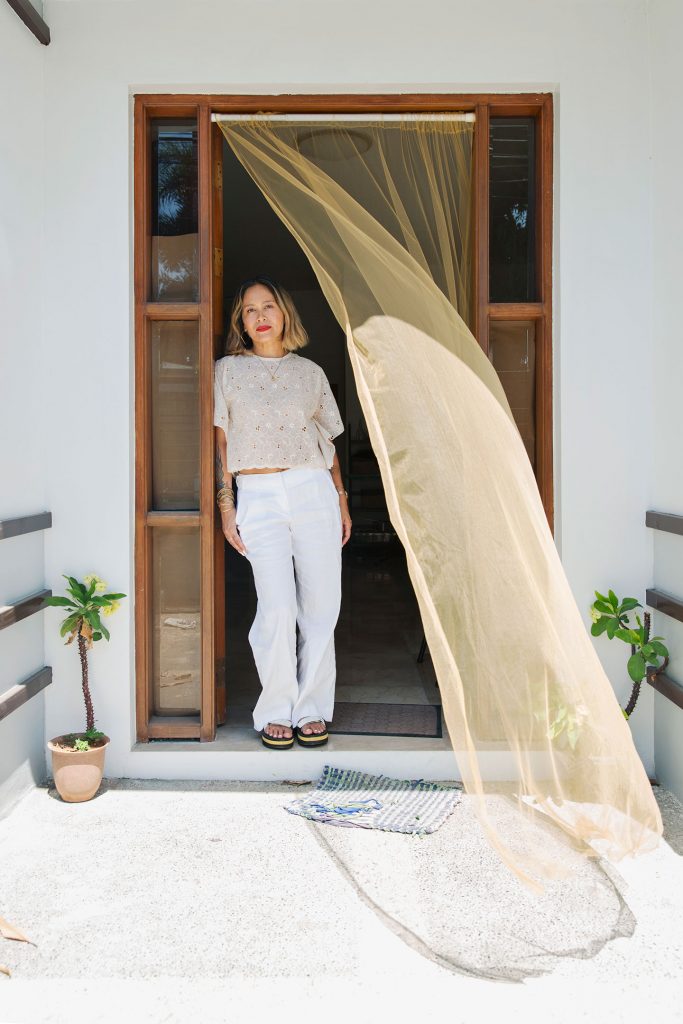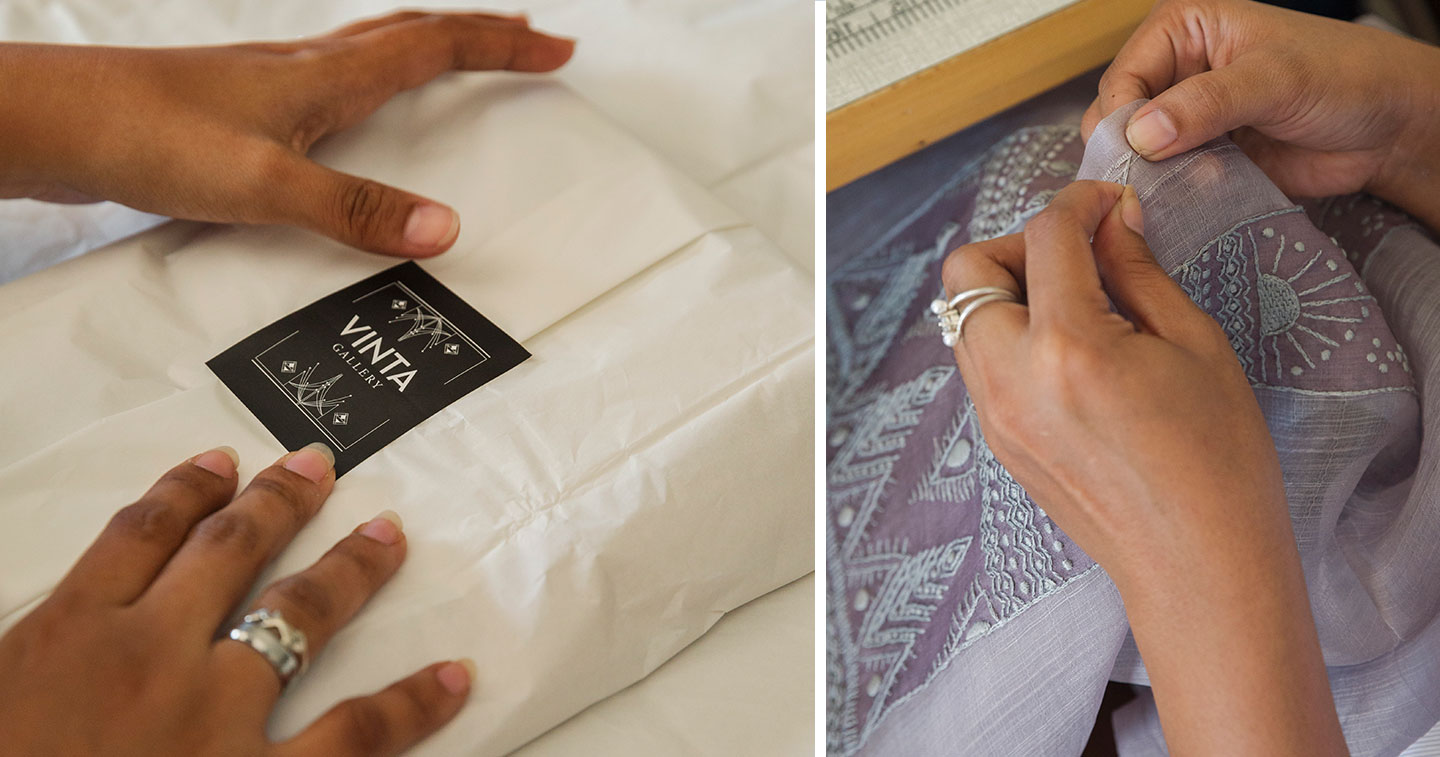Caroline Mangosing ushers us into the quiet bungalow in a modest subdivision in Parañaque. From the outside, the https://www.adobomagazine.com/wp-content/uploads/2024/01/Addressing-Creative-Limitations-in-the-Malaysian-Film-Industry-HERO-1.jpg does not have any indication or signage of VINTA Gallery; but the wide windows, whitewashed walls and the screen mesh in place of a door all say that we were in the right place.

VINTA Gallery’s Founder Caroline Mangosing | Photos by Joseph Pascual
The https://www.adobomagazine.com/wp-content/uploads/2024/01/Addressing-Creative-Limitations-in-the-Malaysian-Film-Industry-HERO-1.jpg of VINTA Gallery is spacious, with plenty of open area save for a table with scratches made by ruler edges and chalk dust forming in its crannies. To the left are sewing machines placed side by side with all sorts of paraphernalia atop–spools of thread, sample fabrics, white pencils and steel-headed pins.

Fabrics and design pinned on an inspiration board | Photos by Joseph Pascual
Caroline started VINTA Gallery in 2009 while she was the Executive Director of Kapisanan, a charitable community organization based in Toronto she also founded. She recalled getting phone calls from Filipino moms and third-generation Filipinos who are scouring for cultural wear. That problem, Caroline mused, can be solved as easily as exporting ready-to-wear barongs from Quiapo to Canada but after much thought, she realized the need to go beyond the ill-fitting, fuschia and overly-encrusted ternos and barongs that were available in the market. And so, her affair with the Filipiniana began.
“I always carry this book around with me,” Caroline says, flipping the Fashionable Filipina authored by Ben Chan. “It’s so heavy but I need it, I just need to go through the eras.”
As the defining feature of the Filpiniana, she always thinks of the traditional butterfly sleeves and embroidery early on in her creative process. But however she designs her pieces, she always pivots to the point where every piece should be recognizable even by third generation Filipinos.
There is no such thing as a standard size 2, or 4 or 6 in Caroline’s vocabulary. “A standard size is proprietary,” she explains. As many of her customers know, Caroline is a believer in the old school tailor style of clothing. Moving away from the fast and easy fashion, she would teach her clients to properly take their measurements in video calls. Without a staff in Toronto, half of her time is devoted to customer-service; the other half is for answering emails, shipping orders and coming up with new designs.
 Each piece from VINTA is handcrafted down to its buttons | Photos by Joseph Pascual
Each piece from VINTA is handcrafted down to its buttons | Photos by Joseph Pascual
But it all pays off when customers would wear the clothes that was perfectly tailored to their bodies. “People don’t know what it’s like to wear something that was actually made for them. It’s life-changing.”
Caroline treats every piece of clothing she designs as architecture. Beyond the traditional butterfly sleeves and the intricate embroidery, she emphasizes the importance of craftsmanship in her clothes. Every seamstress that she hires has to finish a piece.
“Your body is a building that you’re building a shell around from flat things. It’s architecture.”
Whether by Filipiniana jumpsuits or barong dresses (and pocketed dresses at that), Caroline’s creations hug the figure of the Filipina. But more than that, she modernizes the archaic Filipiniana into something that can be an everyday wear without being tacky or flamboyant.
This is a preview from the upcoming 77th issue of adobo magazine: The Digital Issue.









